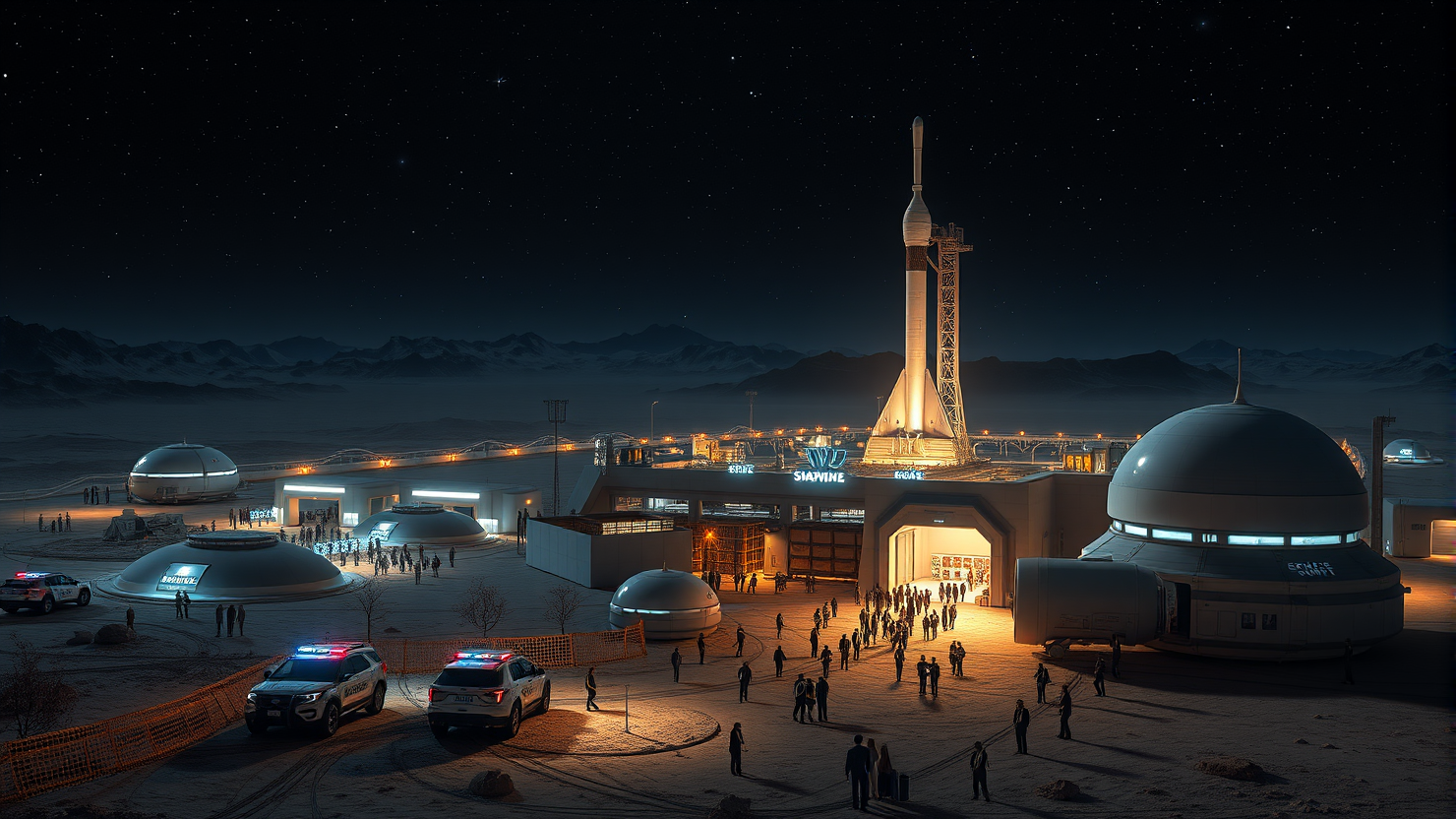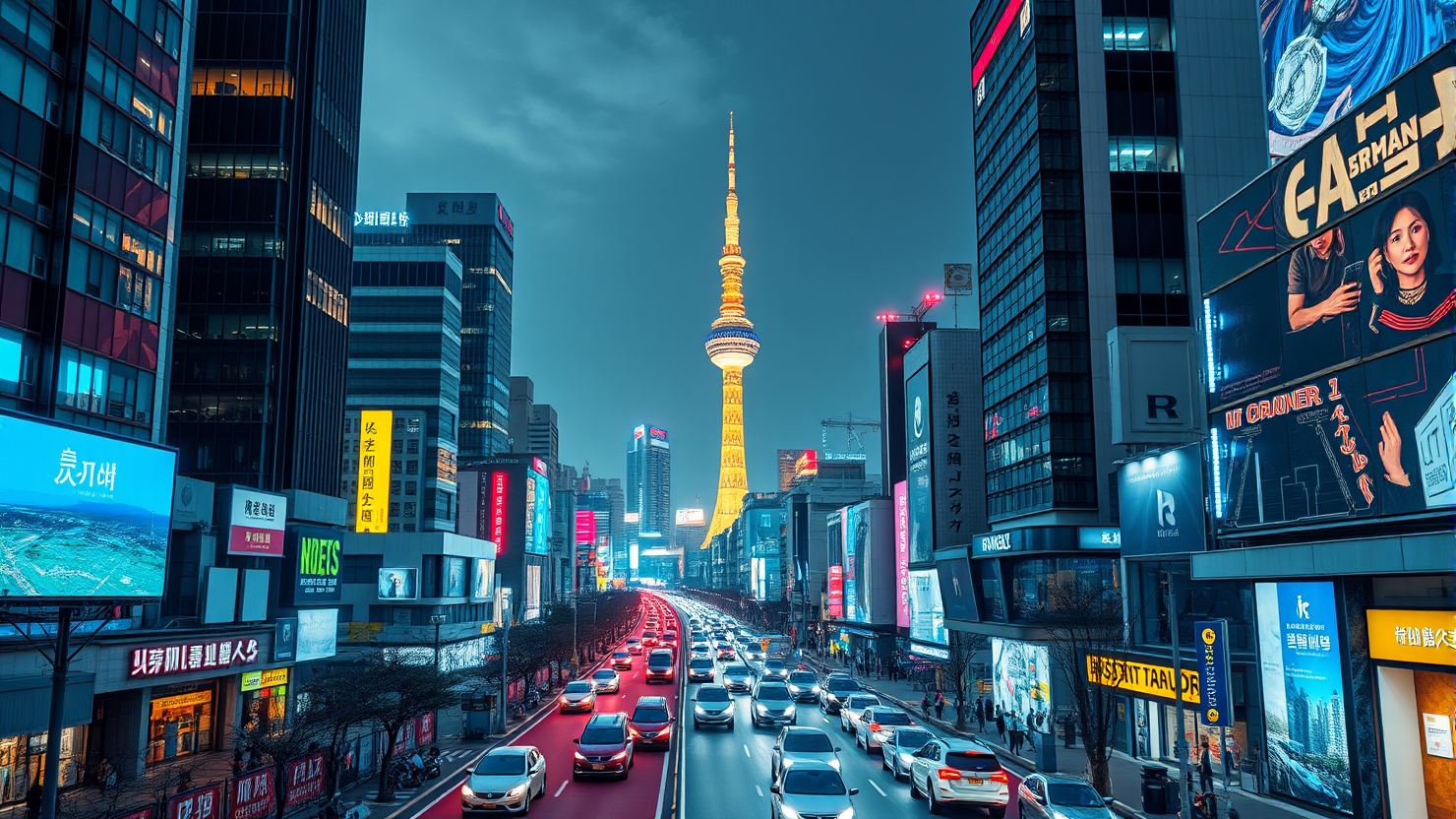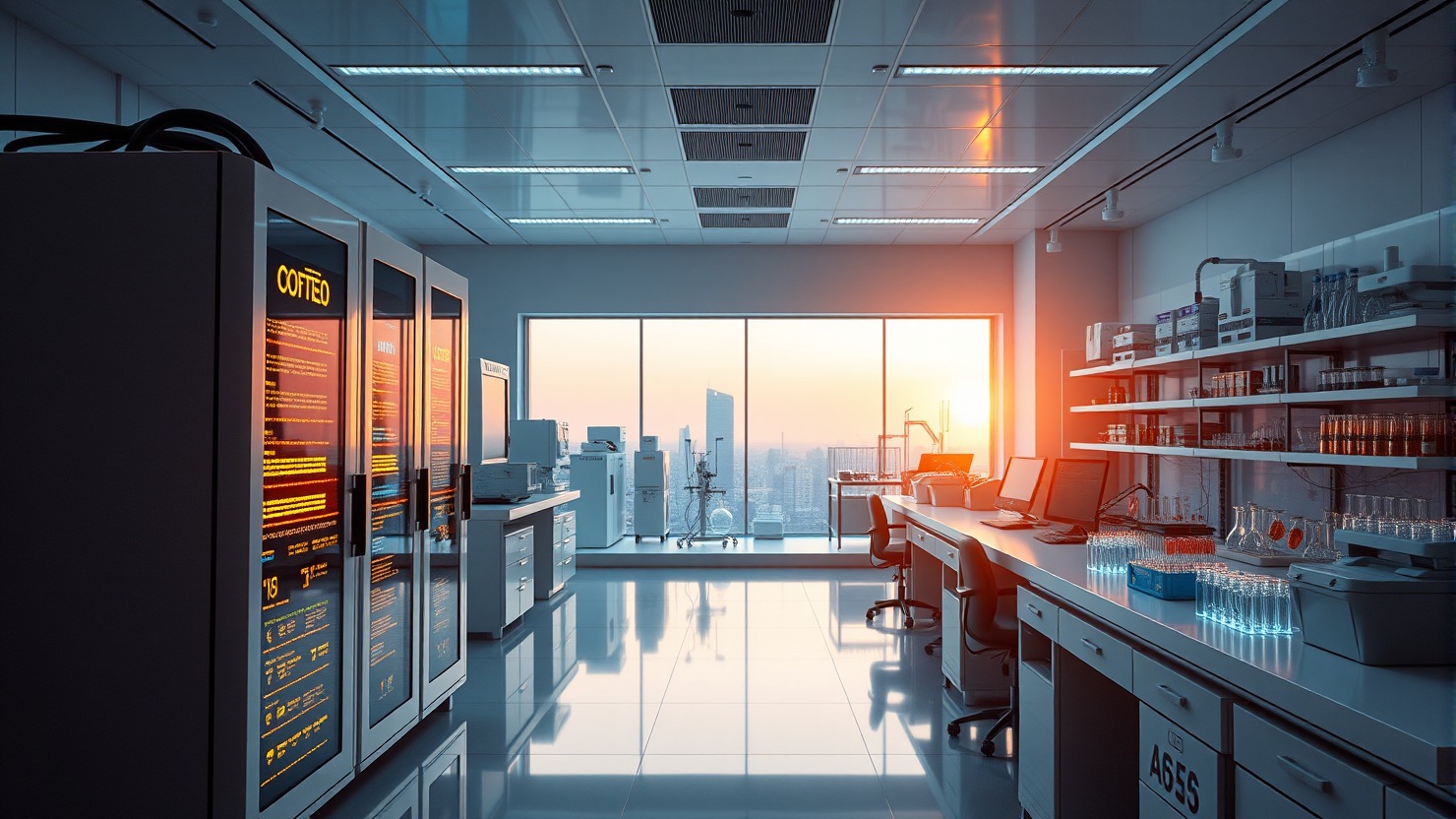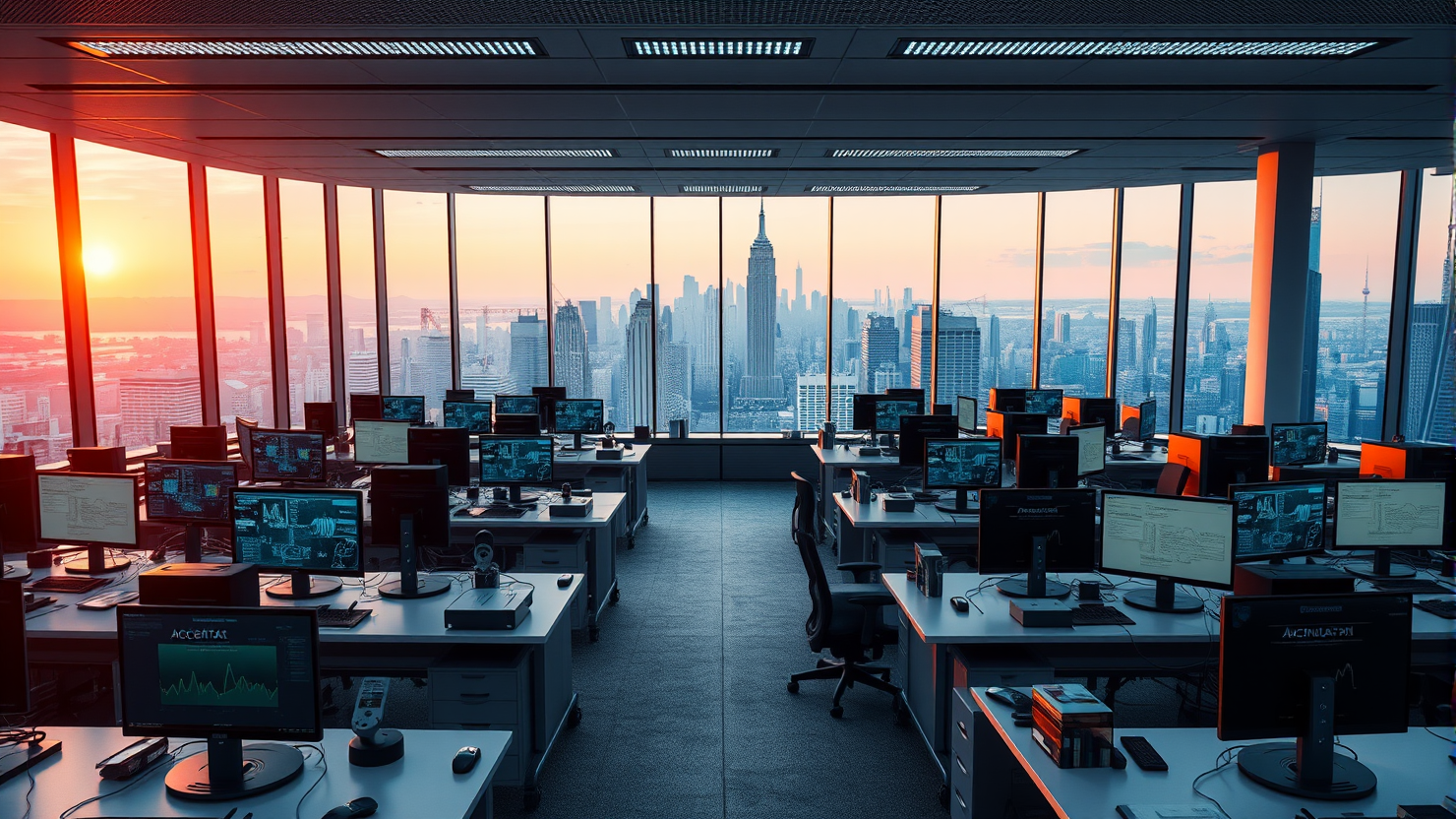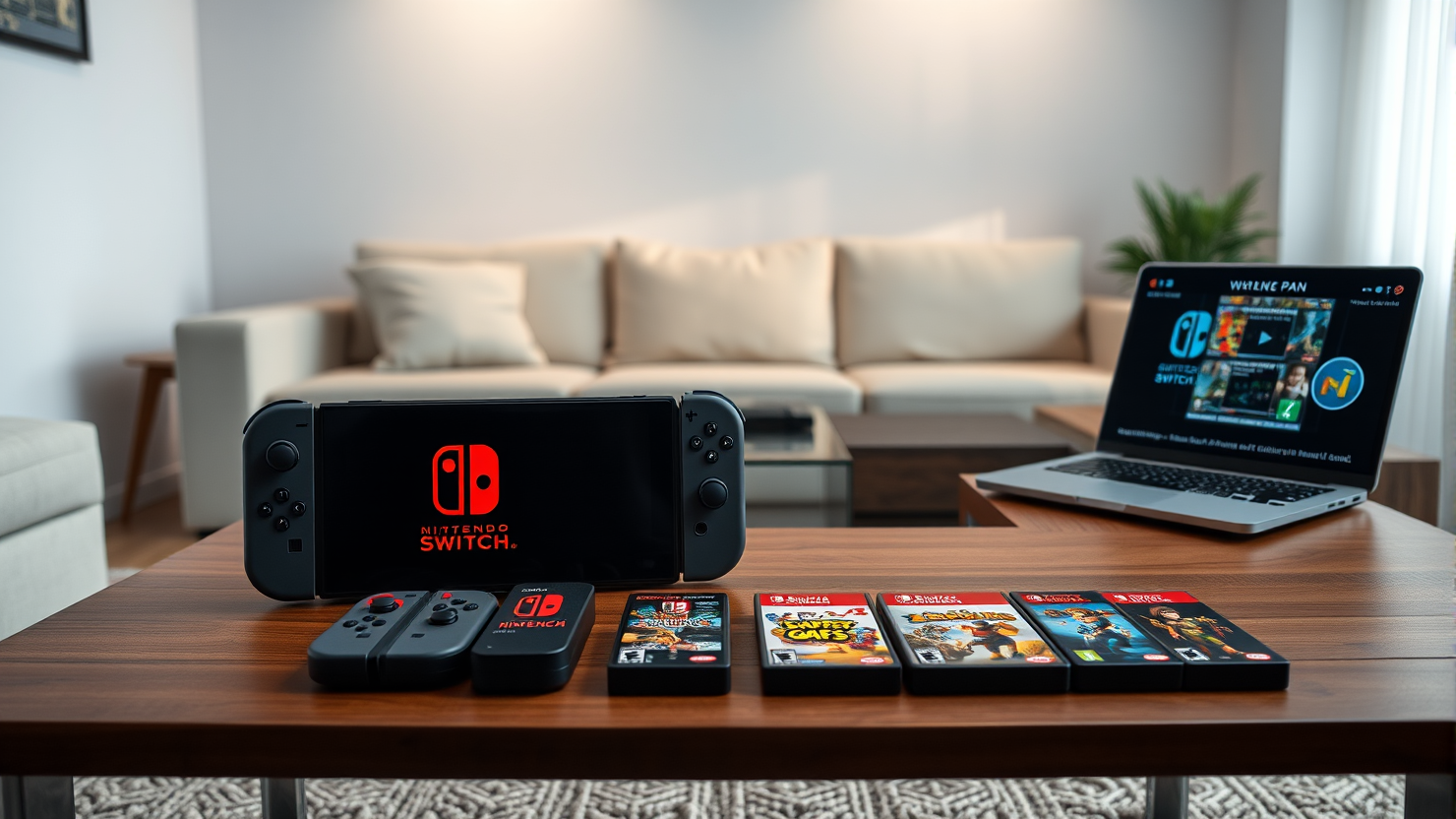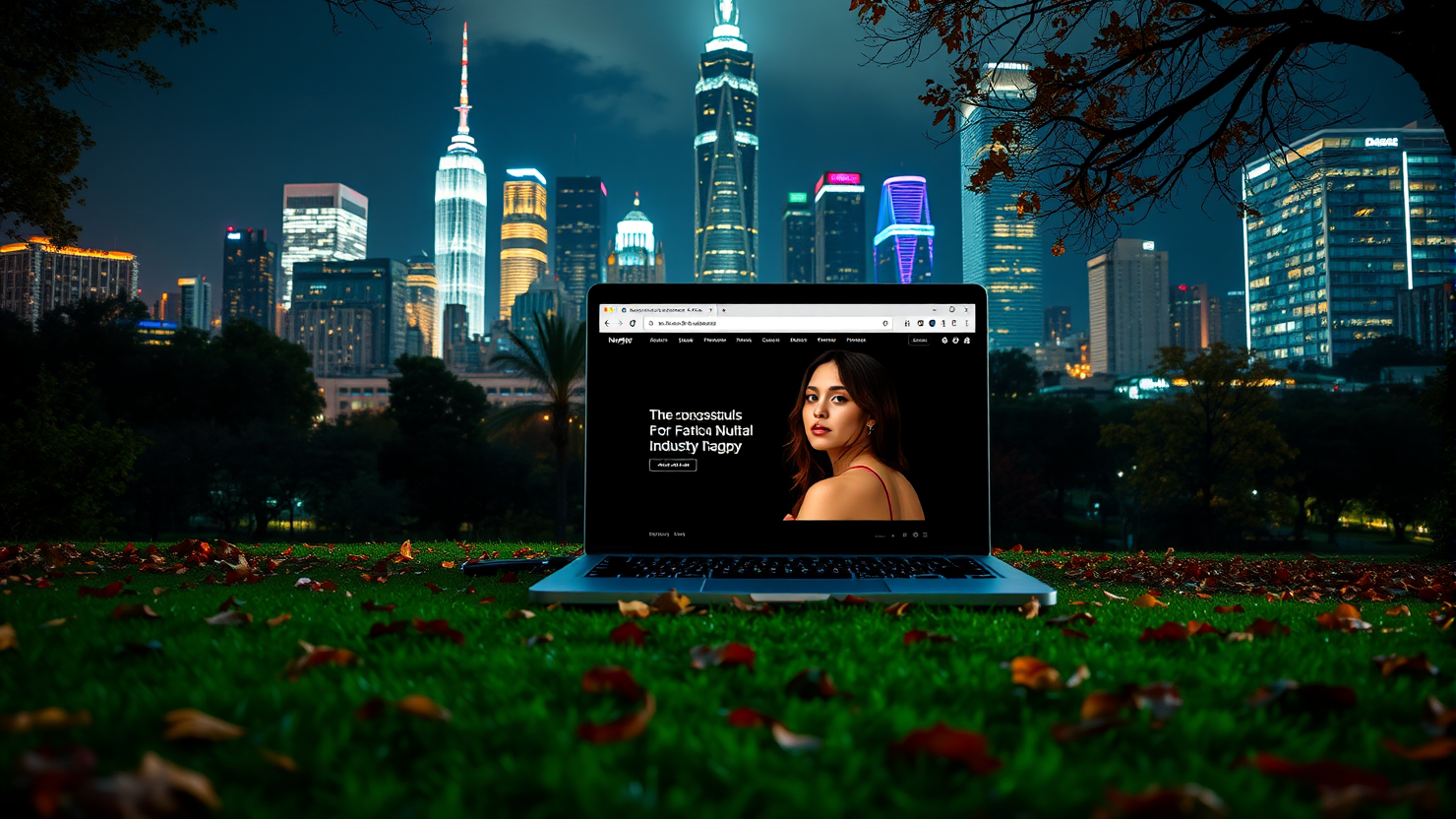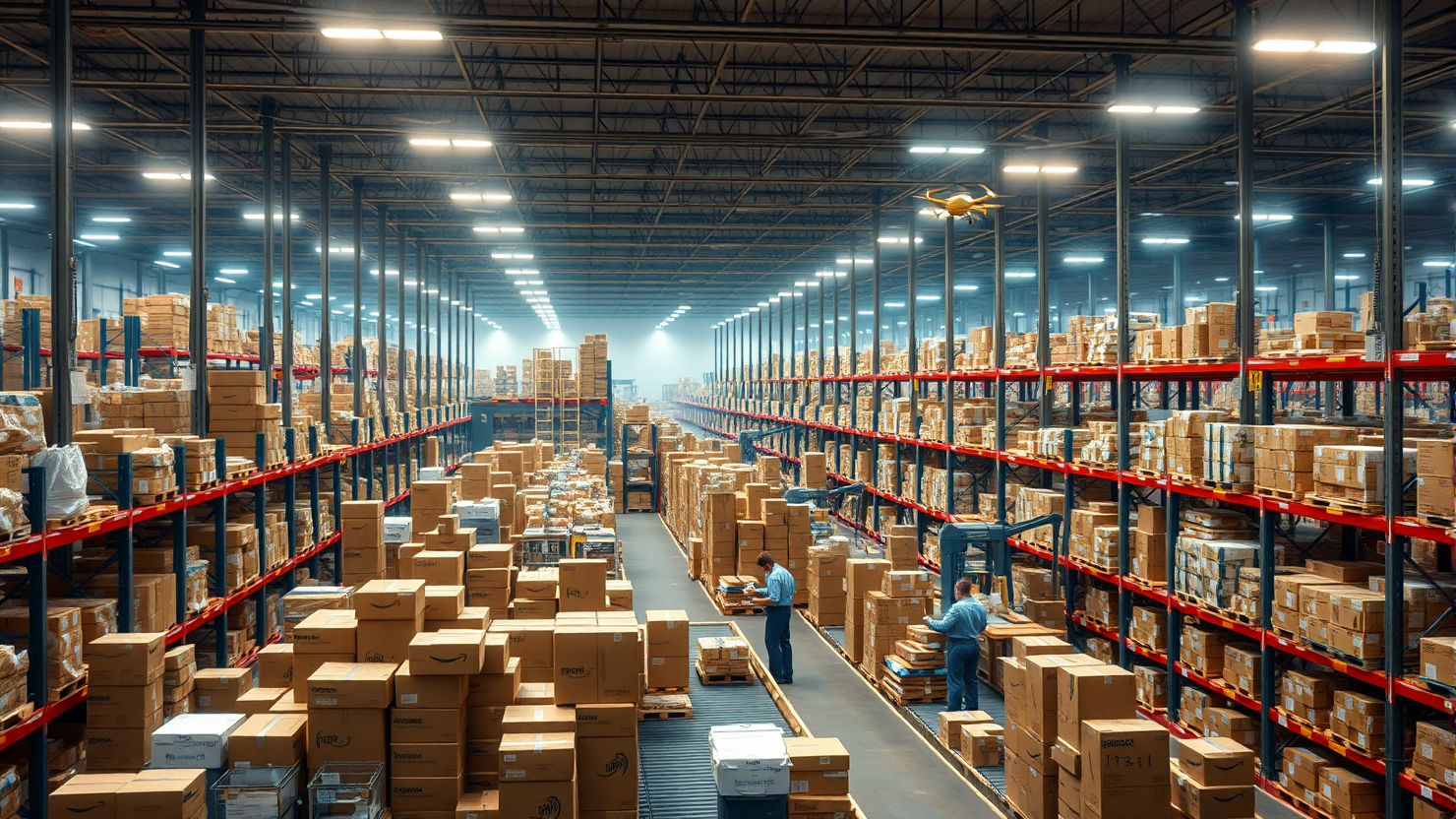Huawei Challenges Automotive Audio Giants with Revolutionary 4D Immersive Sound System
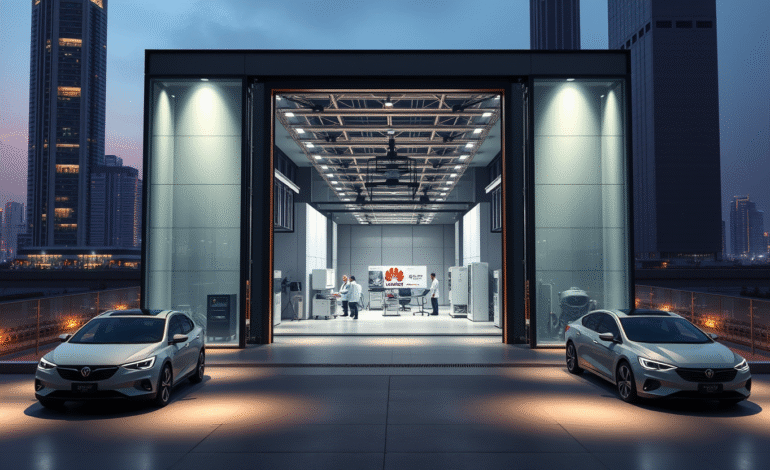
In the heart of Shanghai, Huawei’s Acoustics Research & Development Center offers more than a routine facility tour. It presents an extensive automotive sound engineering operation that aims to disrupt the established norms in in-car audio systems.
Established in 2012 following significant investments in audio research, the center boasts three distinct testing environments: a 4.8x4x4 meter fully anechoic chamber, a larger semi-anechoic room spanning 14x12x5 meters with a reflective floor, and a dedicated listening room configured in a 9.1.6 layout. Due to proprietary technology concerns, photography was prohibited; however, the technical specifications speak volumes.
Andreas Goller, with a background spanning Gamut Audio, Bang & Olufsen, and Harman International, leads Huawei’s “master-tuning methodology.” This approach combines objective acoustic measurements with psychoacoustic principles for fine-tuning the final sound output.
In the listening room, Goller explained Huawei’s development philosophy: faithfully reproducing recordings as intended by artists, creating an immersive “phantom effect” that transports listeners to the original recording environment. This requires a blend of scientific acoustic measurement, artistic tuning expertise, and custom hardware.
The technical process begins with objective measurements—frequency response curves, phase relationships, timing behavior, and distortion characteristics—establishing performance boundaries. Subsequent subjective listening sessions refine the voicing using psychoacoustic principles to compensate for cabin acoustic challenges like asymmetry, close-range reflections, and bass loading.
The goal is to maintain fidelity to the source material within these constraints.
The result of this research is the HUAWEI SOUND ULTIMATE Series, Huawei’s most luxurious audio system yet, currently deployed in the Maextro S800 luxury electric sedan. Comprising 43 speakers driven by dual amplifiers delivering 2,920 watts total power, it offers an “industry-first seat-specific 4D immersive surround sound experience.”
This includes rear 4D exciters that synchronize with music and video content, adding tactile feedback to the auditory experience.
Innovations in hardware include a Tangential Force Woofer rotating conventional door-woofer geometry by 90 degrees, reducing panel resonance while extending bass response. A patented dual-diaphragm subwoofer utilizes cabin volume rather than being constrained by traditional enclosure design.
The Crystal Star-Ring Diffuser rises automatically upon entry, integrating with rhythm-synchronized ambient lighting while improving central image precision—Huawei claims 30% greater sound uniformity compared to the previous generation.
Spatial audio implementation uses 10 overhead channels, adaptive sound-field control, and a proprietary spatial audio track model for positioning and clarity. The system integrates with HarmonyOS, extending beyond pure audio into “sound-to-light” technology—AI-powered ambient lighting responding to musical content in real-time.
Independent sound-zone technology is the most technologically ambitious feature. Each of the four headrests integrates four drivers—two tweeters and two midrange units—combined with Huawei’s sound-field control algorithms, enabling the main speaker array to function as an active silencer, targeting audio spillage between front and rear rows.
Huawei claims up to 30dB isolation between rows and 99% energy separation. During demonstrations, minimal audible crosstalk was observed between front passengers listening to classical music and rear passengers watching an action film. Whether these figures hold across different program material and at higher volumes remains to be tested in real-world conditions.
Road noise cancellation uses a “omnidimensional model”—multi-channel amplification with low latency applying ear-adaptive cancellation. Multi-layer acoustic glass and absorptive materials provide passive isolation, targeting what the company calls a “library-level” baseline noise floor.
Huawei has disclosed substantial R&D spending: CNY 179.7 billion (approximately £20 billion / €23.4 billion) in 2024, representing 20.8% of total revenue, with over 113,000 employees in R&D roles. Approximately CNY 60 billion (roughly £6.6 billion / €7.8 billion) goes specifically to fundamental science research.
These numbers underscore Huawei’s automotive sound engineering aspirations. Currently supplying solutions to over twenty automakers across driver assistance, cockpit systems, acoustics, and control, Huawei positions itself as a component supplier, with individual automakers determining market availability and regional launches.
The automotive sound engineering landscape has traditionally been dominated by established European brands. Huawei’s systematic approach—purpose-built testing facilities, recruited expertise from legacy audio companies, and significant capital investment—represents a challenge to that status quo.
Whether Huawei can translate this level of sophistication to mass production, across multiple vehicle platforms, at commercially viable price points remains to be seen. Goller’s vision is “optimum reproduction of the recording – to bring us closer to the experience the artist intended.” Whether consumers will value independent sound zones and advanced tuning enough to pay premium prices is yet to be determined.
Huawei has established the technical foundation; the commercial proof will emerge as these systems move from flagship demonstrations into broader automotive lineups.
